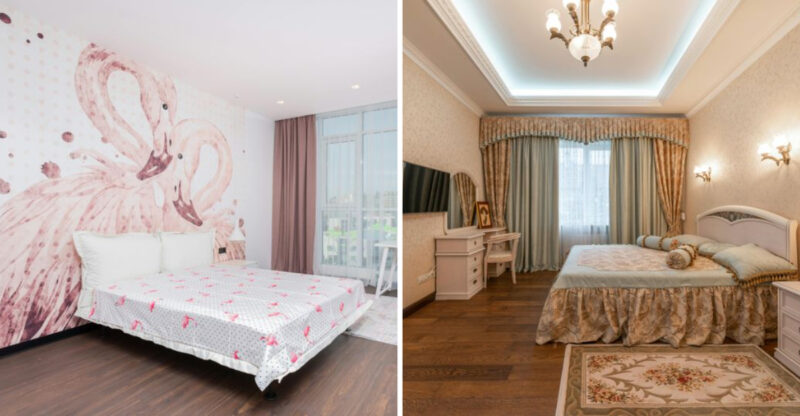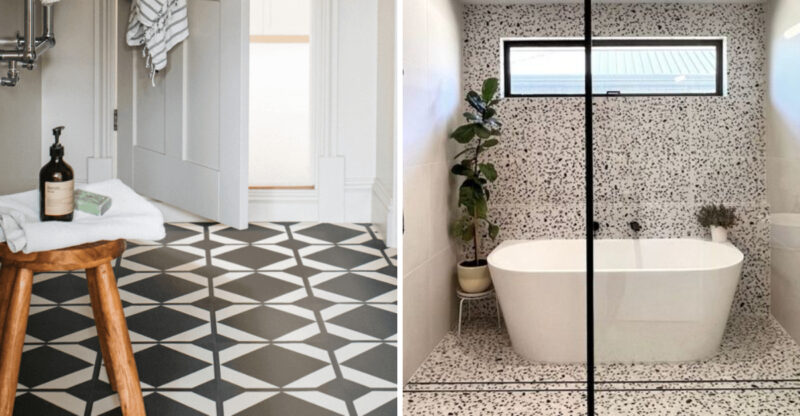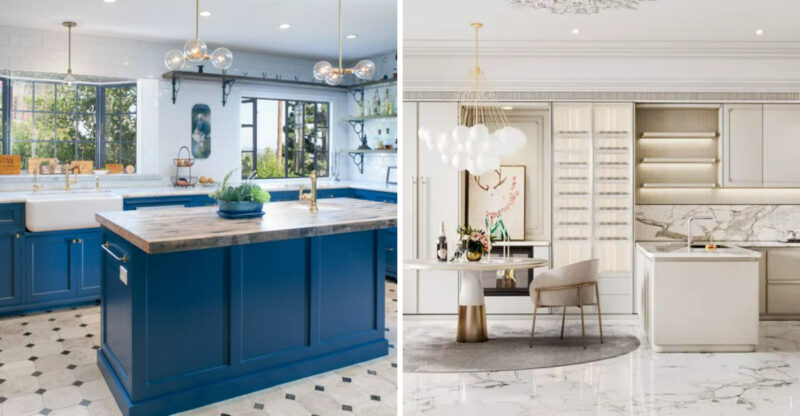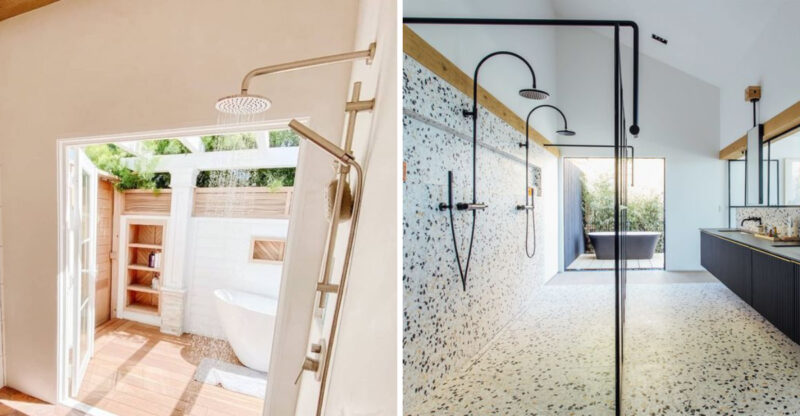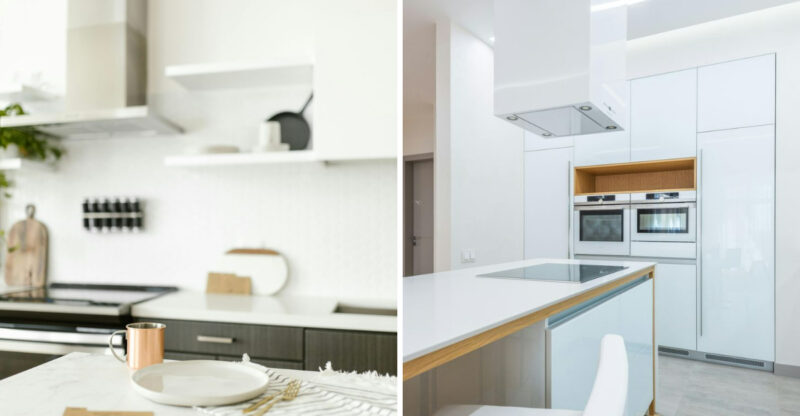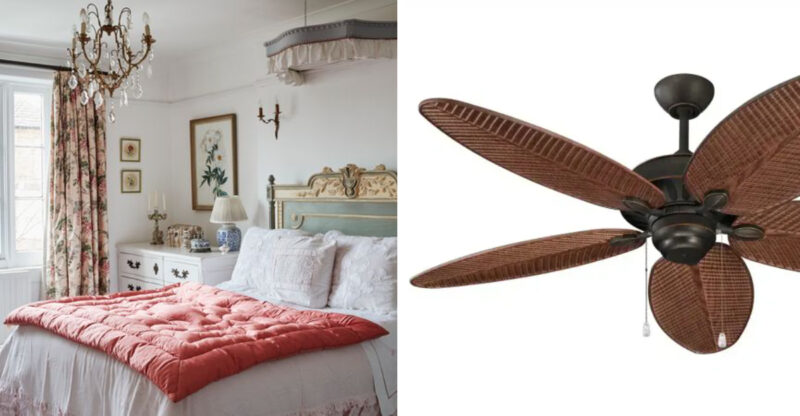15 Adjustments That May Give A Living Room Greater Appeal
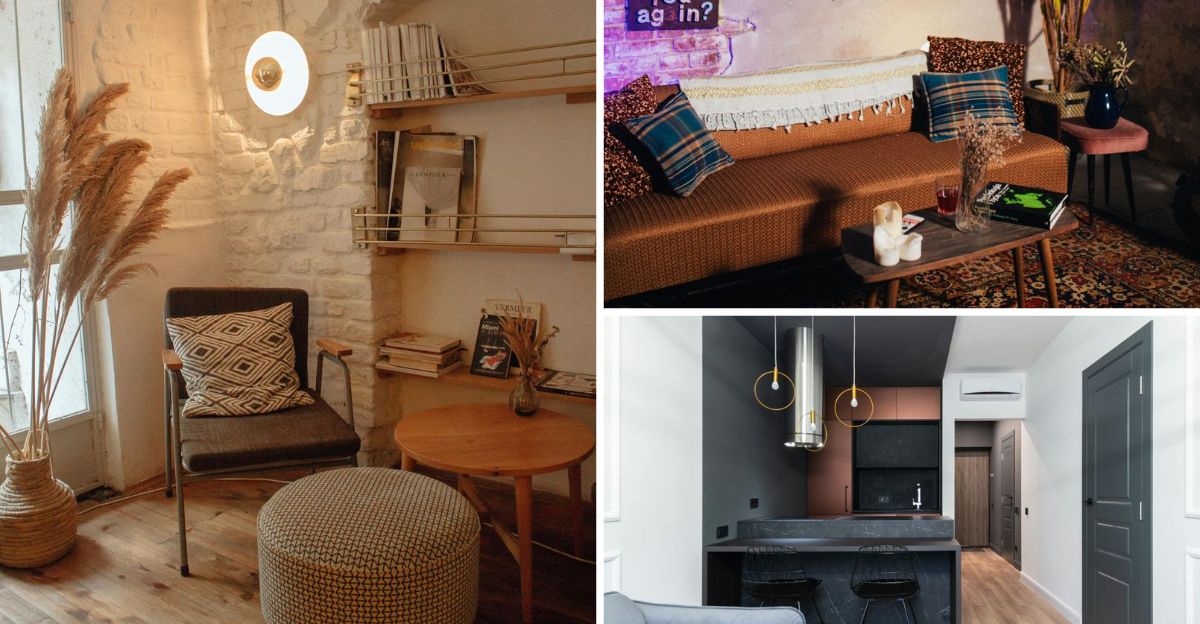
Your living room is where families gather, friends connect, and memories bloom. It’s the heart of your home, welcoming everyone who steps through your front door.
Making small tweaks to this space can dramatically transform how it feels and functions. Here are fifteen simple adjustments that can breathe new life into your living room without breaking the bank.
These ideas are based on common design principles, though results may vary depending on your space, style, and personal preferences.
1. Neutral Wall Paint
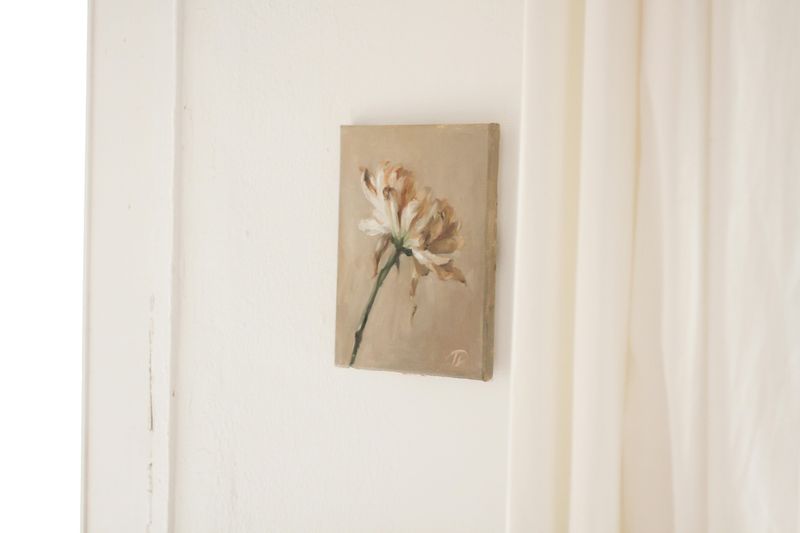
Soft beige, gentle gray, or crisp white walls create a blank canvas that makes everything else pop. I painted my living room a warm greige last spring, and suddenly my furniture looked brand new against the fresh backdrop. Neutral colors also make your space feel larger and more open.
They reflect light beautifully, brightening even the darkest corners of your room. Plus, they provide flexibility when you want to change up your decor seasonally.
When choosing a neutral, look for undertones that complement your existing furniture. Bring home sample cards and observe how they look at different times of day before committing to a color.
2. Layered Lighting

Overhead lighting alone can make your living room feel flat and one-dimensional. I transformed my space by adding three types of lighting: ambient (general illumination), task (for reading or activities), and accent (to highlight special features).
Floor lamps tucked behind seating create cozy reading nooks, while table lamps add warmth at eye level. String lights draped over bookshelves or tucked into glass jars bring magical twinkles to evening gatherings. Dimmer switches are game-changers too!
They let you adjust brightness based on the time of day or mood you want to create. Remember, warm-toned bulbs (2700-3000K) create the most inviting atmosphere.
3. Decluttered Surfaces
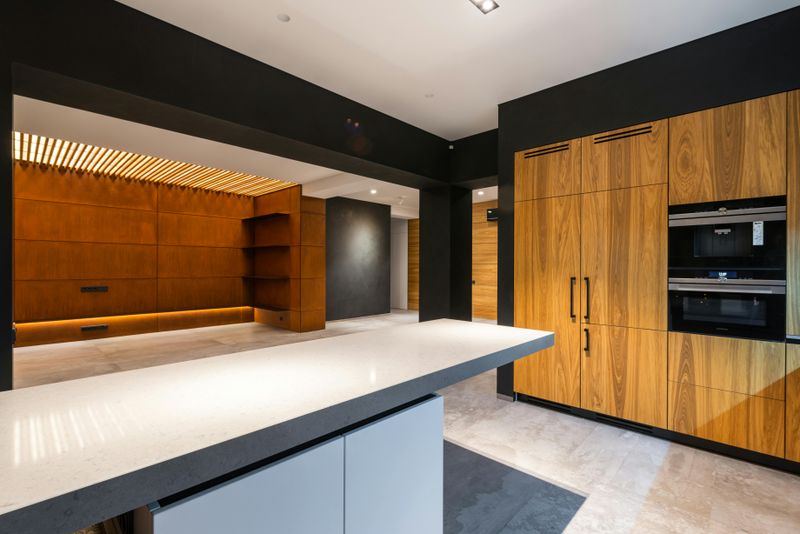
Magic happens when you clear unnecessary items from coffee tables, shelves, and side tables. Last weekend, I removed half the objects from my surfaces, and my living room instantly felt more peaceful and intentional. Start by keeping only items that serve a purpose or bring genuine joy.
Group smaller objects in attractive containers or trays to create visual harmony. Those remote controls? Tuck them into a pretty box when not in use.
The trick is maintaining regular “decluttering sessions” I spend five minutes each evening resetting the room. Clear surfaces not only look better but also create mental space, allowing your mind to relax when you enter the room.
4. Cozy Throw Blankets
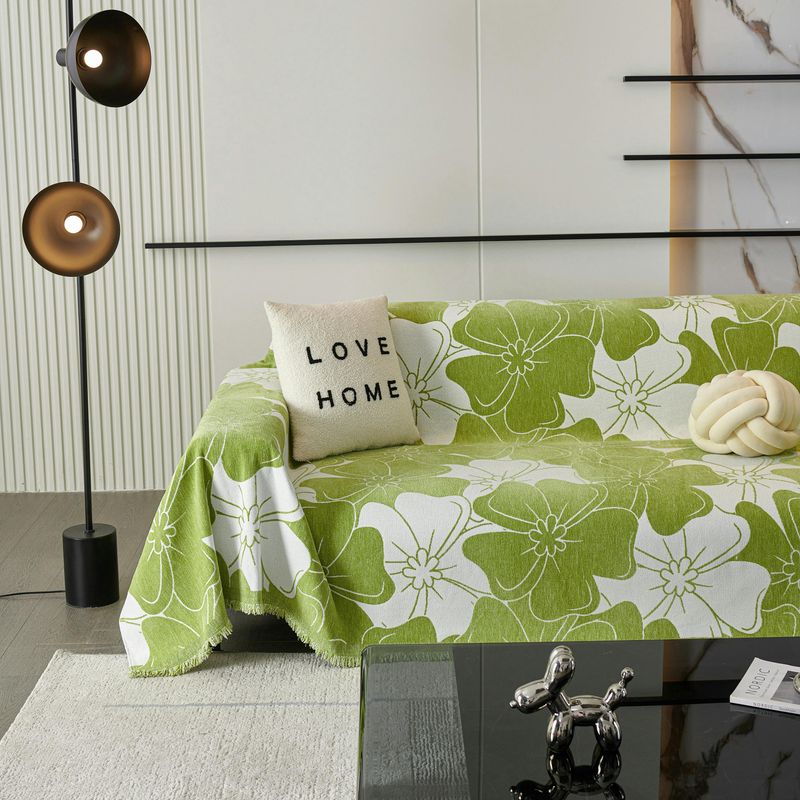
Nothing says “curl up and stay awhile” like a sumptuous throw blanket draped over your sofa arm. I keep a basket with three different textures chunky knit for winter, lightweight cotton for summer, and a silky option for in-between seasons.
The secret is choosing throws that complement your color scheme while adding textural interest. Fold them neatly over chair backs or sofa arms, or casually drape them for that lived-in look. When guests arrive, they instinctively feel welcome to get comfortable. Beyond aesthetics, throws serve practical purposes too.
They warm chilly laps during movie nights and can quickly hide sofa stains when unexpected visitors drop by!
5. Fresh Greenery
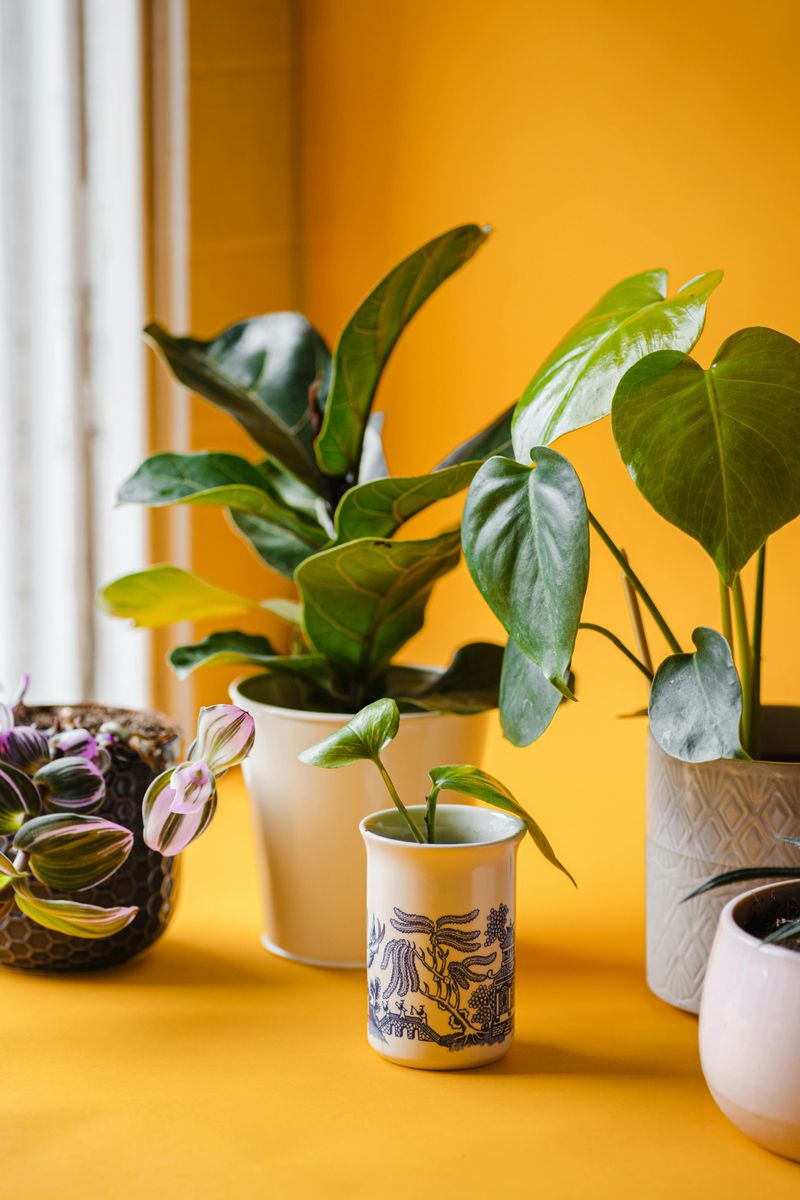
Plants breathe life into any living room literally! I added a tall fiddle leaf fig to my empty corner last month, and it transformed the space from flat to dimensional in seconds.
If you’re nervous about plant care, start with nearly indestructible varieties like snake plants, pothos, or ZZ plants. Even artificial plants (the good quality ones) can add that crucial organic element. For maximum impact, vary your plant heights and leaf shapes.
Don’t forget little touches like a bud vase with fresh flowers on your coffee table. When my budget is tight, I simply clip a few branches from outdoor shrubs and arrange them in a pretty vessel instant sophistication that costs nothing!
6. Area Rug Placement
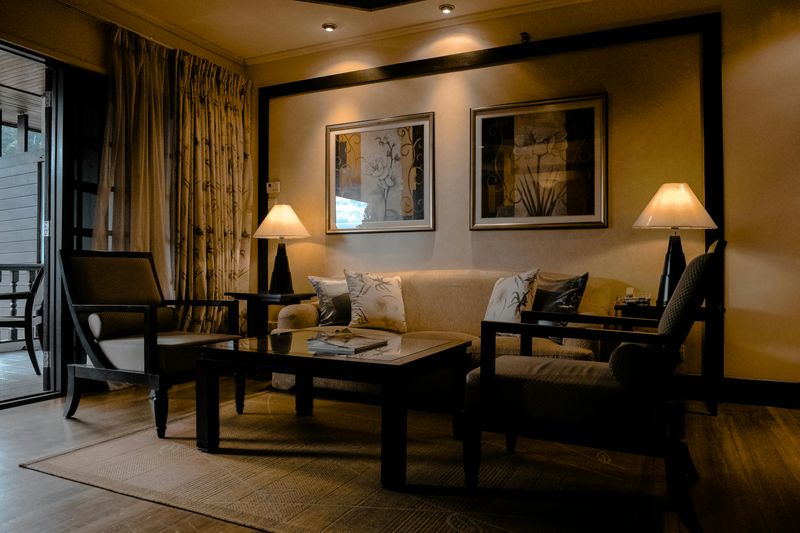
The right rug anchors your seating area and defines your living space, especially in open floor plans. When I upgraded from my too-small rug to one that accommodated all my furniture, my room instantly felt more cohesive and intentional.
For perfect placement, ensure at least the front legs of all seating pieces rest on the rug. This creates a unified conversation area that feels naturally inviting. Rugs also add crucial texture, color, and sound absorption to your space.
If your budget is tight, layering is a brilliant solution! Place an inexpensive large jute or sisal rug as a base, then top it with a smaller, more decorative rug for a designer look that won’t break the bank.
7. Artwork Grouping
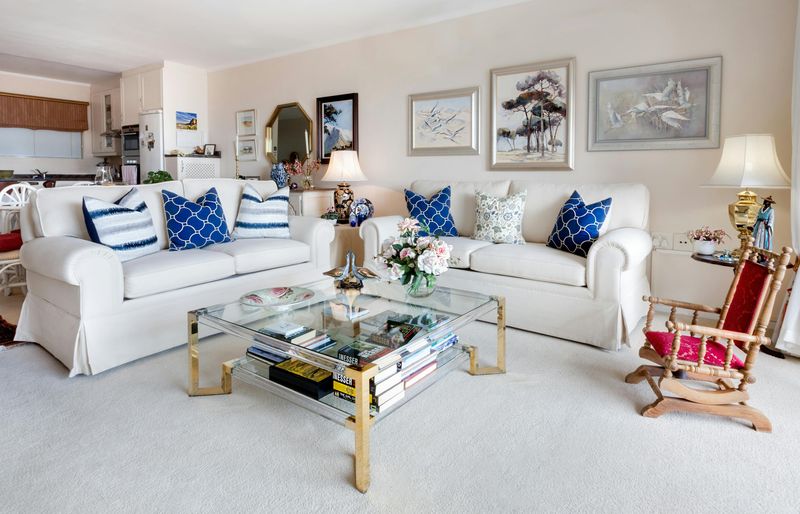
Bare walls scream “unfinished space!” I transformed my living room by creating a gallery wall using family photos, vintage finds, and affordable art prints. The key was arranging them in a cohesive group rather than scattering pieces randomly throughout the room.
Start by laying your frames on the floor to experiment with arrangements before making holes in your walls. Mix frame styles while maintaining some consistent element perhaps all black frames or all white mats for a collected-over-time look.
Hanging art at eye level (about 57-60 inches from the floor to the center) creates the most pleasing visual impact. And remember, artwork doesn’t have to be expensive framed fabric, children’s art, or even beautifully designed calendar pages can make stunning wall decor!
8. Balanced Furniture Layout
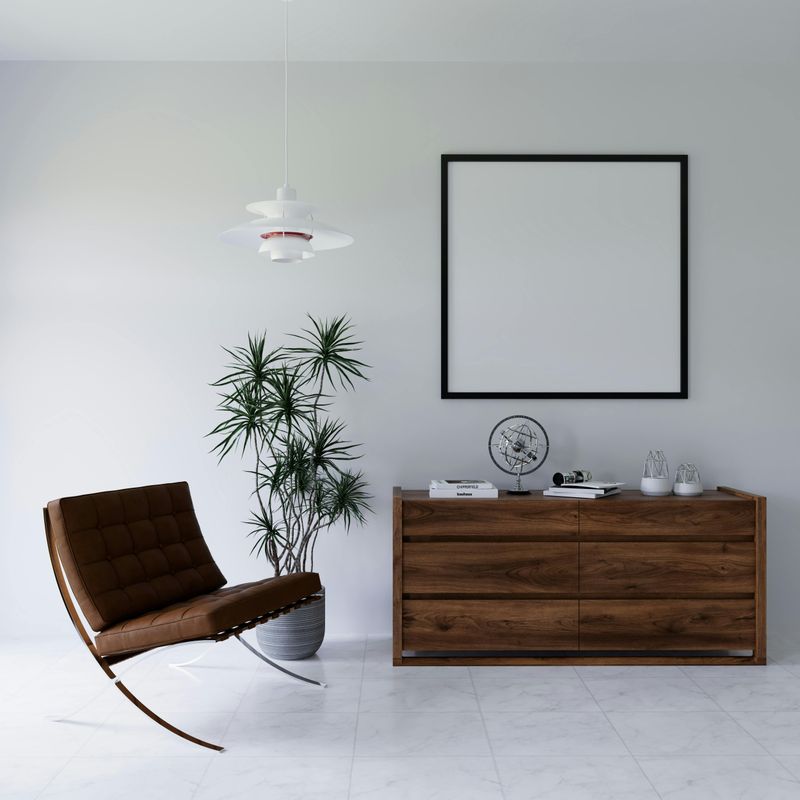
How your furniture is arranged affects everything from conversation flow to perceived room size. I recently pulled my sofa away from the wall by just 12 inches, and suddenly my living room felt more intimate and deliberately designed.
The secret is creating conversation areas where people can comfortably talk without raising their voices. Arrange seating to face each other, ideally no more than 8 feet apart. Consider traffic flow too leave clear pathways of at least 30 inches for people to walk through.
Don’t push all furniture against walls (a common mistake!). Floating pieces create depth and interest. And remember to incorporate a mix of heights low coffee tables, mid-height seating, and taller bookcases or lamps create a visually dynamic space.
9. Coordinated Color Palette
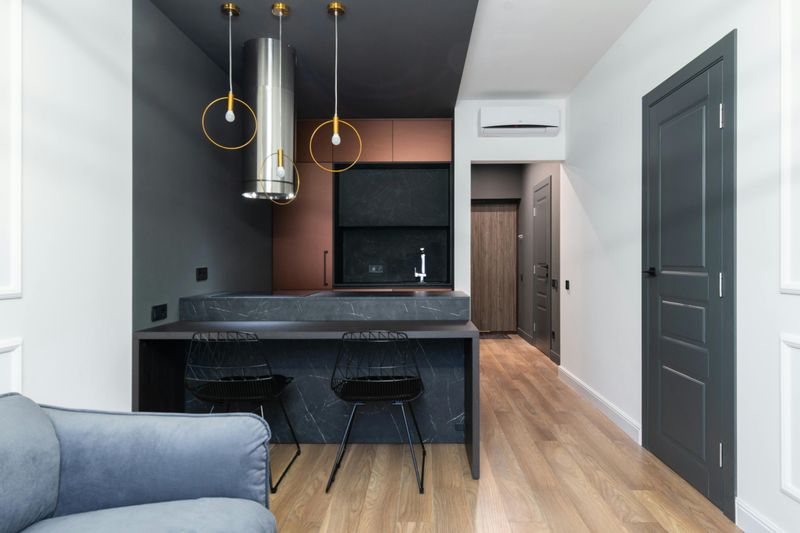
Color harmony creates an instant sense of intentional design. When I limited my living room to three main colors plus neutrals, the space immediately felt more sophisticated and pulled-together. Choose colors that make you happy, but consider how they work together.
The 60-30-10 rule helps tremendously: use your dominant color for about 60% of the room (walls, large furniture), a secondary color for 30% (accent furniture, curtains), and an accent color for the remaining 10% (accessories, artwork).
If you’re stuck with furniture in colors you don’t love, neutral slipcovers can work wonders. Then add your preferred colors through inexpensive elements like pillows, throws, and art. This approach gives you flexibility to refresh your palette seasonally without major expenses.
10. Updated Window Treatments
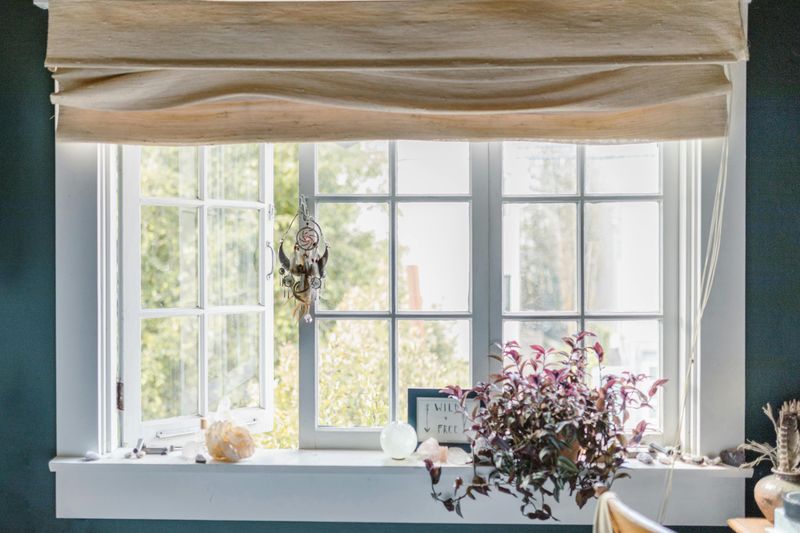
Window treatments frame your views and significantly impact how finished your living room feels. I recently swapped my standard-issue blinds for floor-length curtains, hanging them high and wide, and the room instantly felt taller and more luxurious.
The trick is proper installation mount curtain rods 4-6 inches above window frames and extend them 8-12 inches beyond each side. This makes windows appear larger and maximizes natural light. Choose fabrics that complement your decor style perhaps linen for casual spaces or velvet for more formal rooms.
If privacy isn’t a concern, consider leaving some windows completely bare to showcase architectural details. For problem windows, layering solutions (like combining shades with decorative side panels) offers both functionality and style.
11. Statement Coffee Table
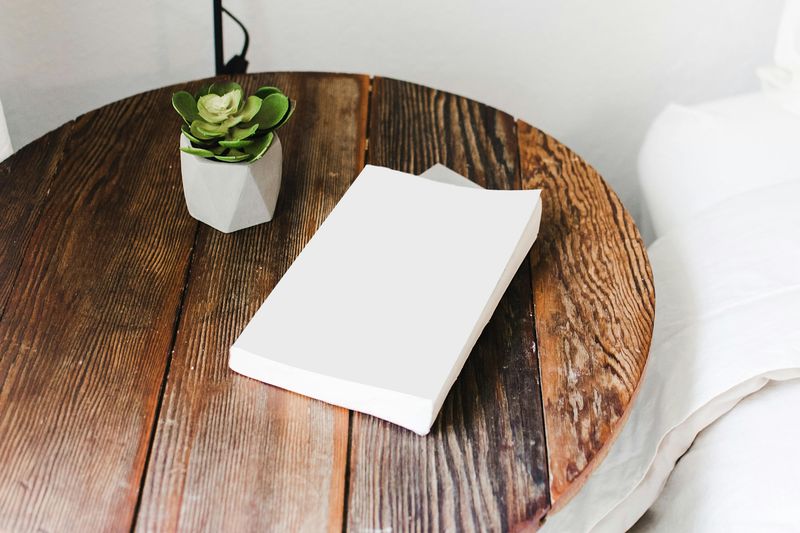
Your coffee table occupies center stage in your living room, so make it count! I replaced my basic wooden table with a vintage trunk, instantly adding character and hidden storage to my space.
Look for tables that reflect your personal style perhaps a sleek glass piece for modern rooms, a rustic wood slab for organic vibes, or a tufted ottoman with a tray for family-friendly flexibility. The shape matters too; round tables soften rooms with many square elements, while rectangular ones work well with sectional sofas. What’s on your table matters as much as the table itself.
I follow the designer’s rule of three: something tall (like candlesticks), something natural (plants or flowers), and something personal (a favorite book or memento) creates the perfect balanced arrangement.
12. Accent Pillows
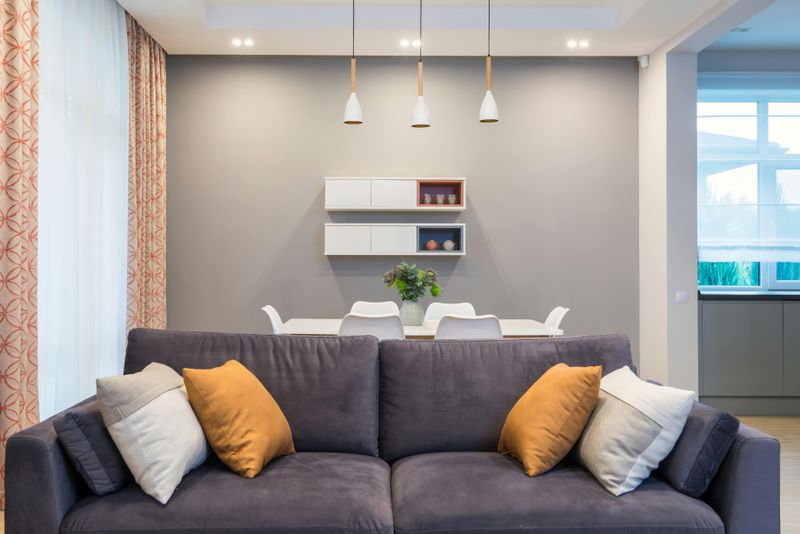
Pillows are the jewelry of your living room they add color, pattern, and personality without major commitment. I refresh mine seasonally: rich velvets for winter, light linens for summer, and everything in between for spring and fall.
The key is creating an interesting mix rather than perfectly matched sets. Try combining different sizes, textures, and patterns while maintaining a cohesive color story. For a designer look, use an odd number of pillows (three or five per sofa) and include at least one unexpected element perhaps an unusual shape or vintage textile.
Don’t skimp on inserts! Down or down-alternative fills that are slightly larger than your covers create that plump, luxurious look. And remember to give pillows the “karate chop” at the top for that professionally styled appearance.
13. Mirror for Light
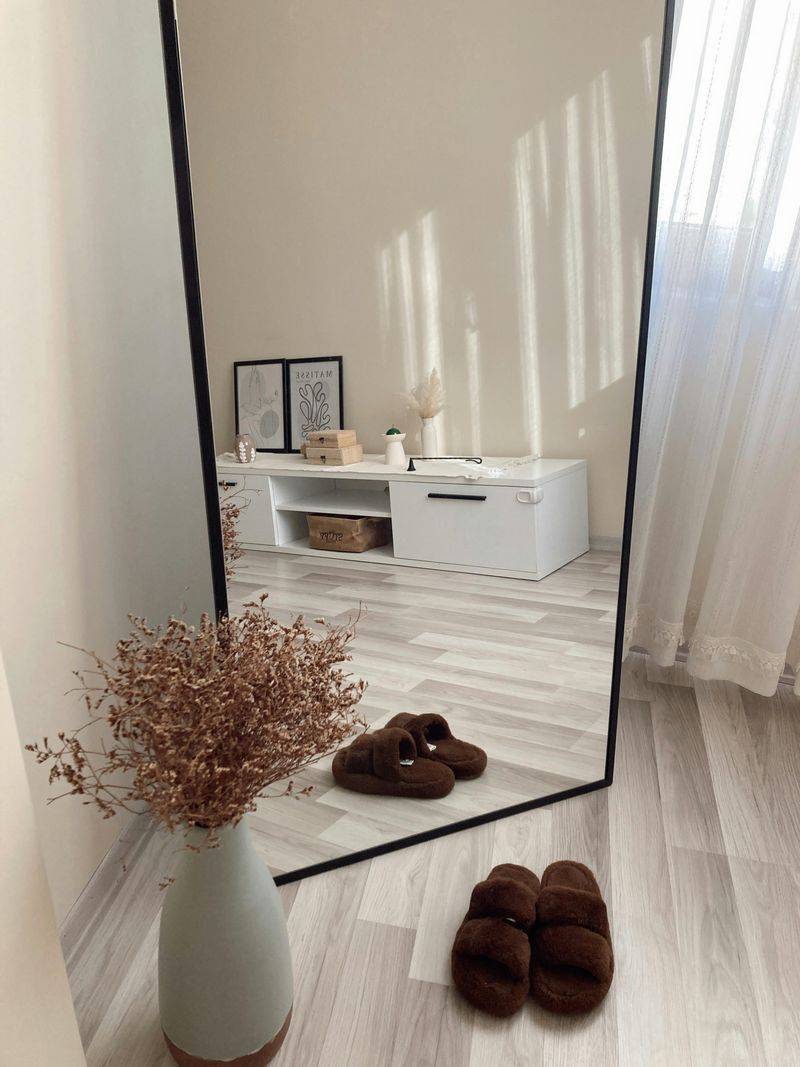
Mirrors perform magic in living rooms they bounce light, create the illusion of more space, and add a touch of glamour. I placed a large mirror across from my window, and suddenly my room felt twice as bright and significantly larger. Strategic placement matters most.
Position mirrors to reflect something beautiful a window view, artwork, or an interesting architectural detail. Avoid reflecting cluttered areas or blank walls, which only duplicates visual noise. Beyond function, mirrors serve as statement pieces themselves.
Consider unexpected shapes like sunbursts or arches rather than standard rectangles. Or group several smaller mirrors for a gallery-wall effect. For maximum light reflection, choose mirrors with minimal tinting in the glass and relatively simple frames.
14. Warm Wood Tones

Wood elements bring essential warmth and natural texture to living rooms. After adding a reclaimed wood floating shelf to my mostly white space, the entire room felt more grounded and inviting. Mix wood tones for an authentic, collected-over-time feel rather than matching everything perfectly.
Try incorporating wood through picture frames, trays, side tables, or even architectural elements like exposed beams. The contrast between lighter and darker woods creates visual interest. If your space lacks architectural character, consider adding wood paneling to a focal wall or installing floating shelves.
Even small touches like replacing plastic knobs with wooden ones on existing furniture can make a significant difference. The natural variation in wood grain brings an organic quality that manufactured materials simply can’t replicate.
15. Personal Decor Touches
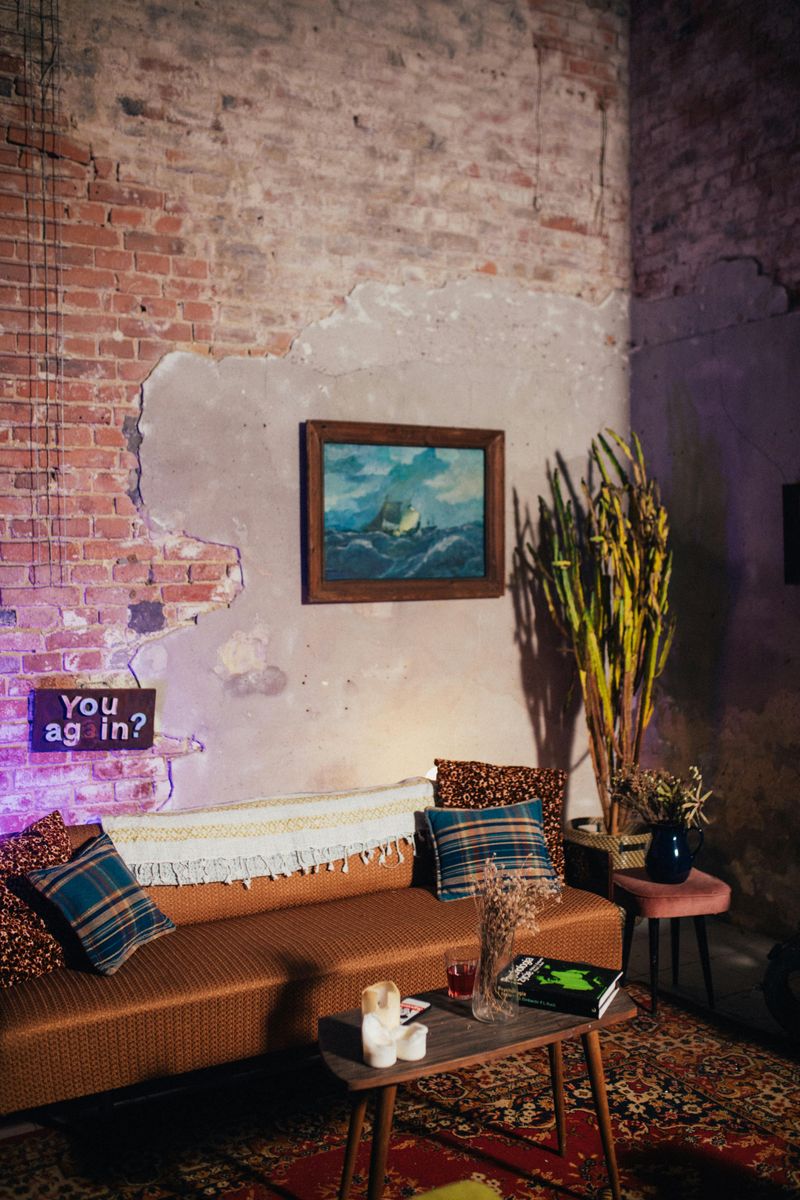
Generic decor makes rooms feel like hotel suites rather than personal sanctuaries. I transformed my living room by displaying meaningful items my grandmother’s vintage camera collection, shells from family beach trips, and art created by friends. Look for opportunities to showcase your passions and history.
Frame children’s artwork, display travel souvenirs, or arrange your favorite books on coffee tables. These personal elements become natural conversation starters when guests visit. The trick is curating rather than cluttering.
Group similar items together for impact, and rotate collections seasonally to keep spaces fresh. Remember that negative space is important too allow special pieces room to breathe rather than crowding every surface. Your living room should tell your unique story, not one copied from a catalog.

